Admin



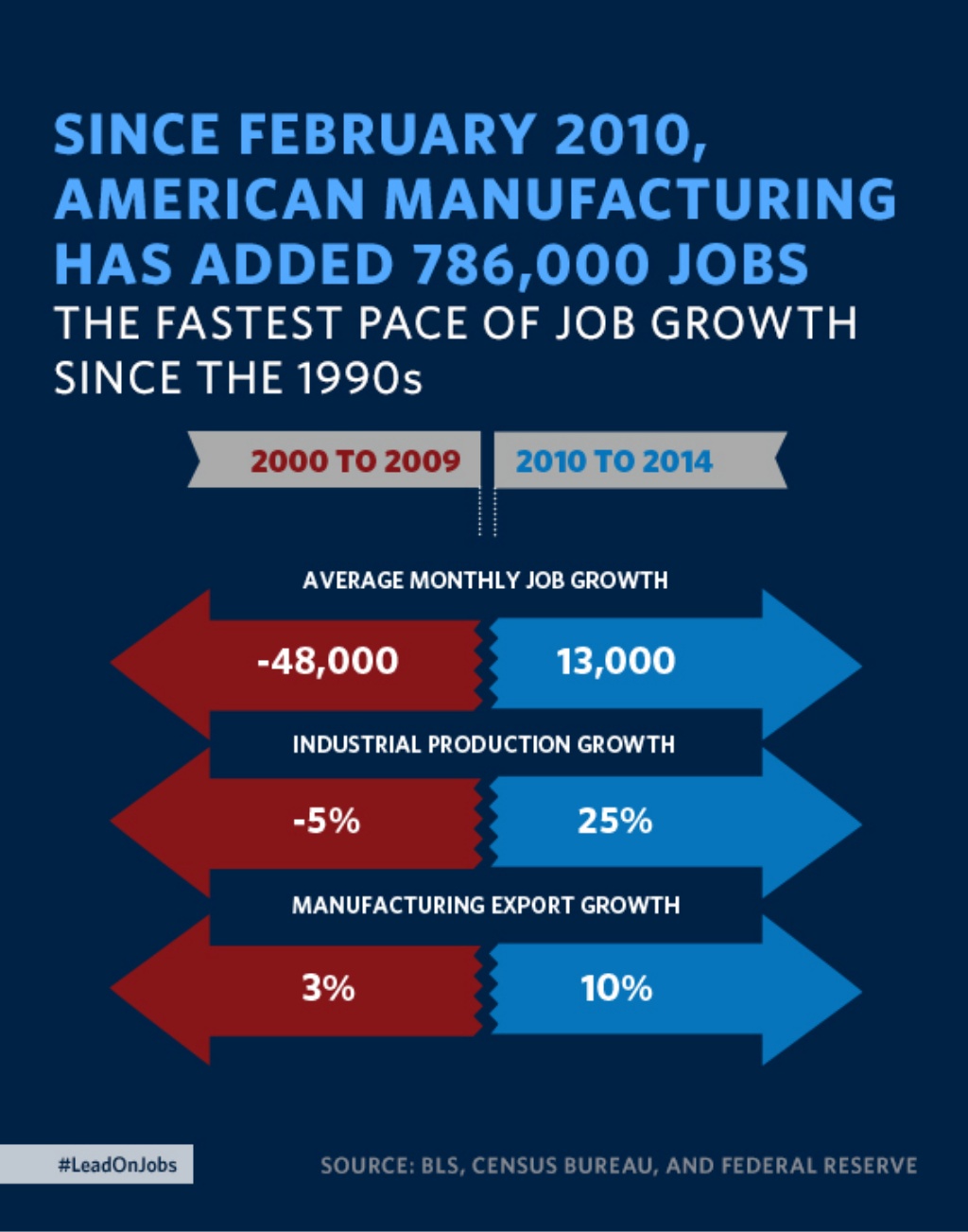
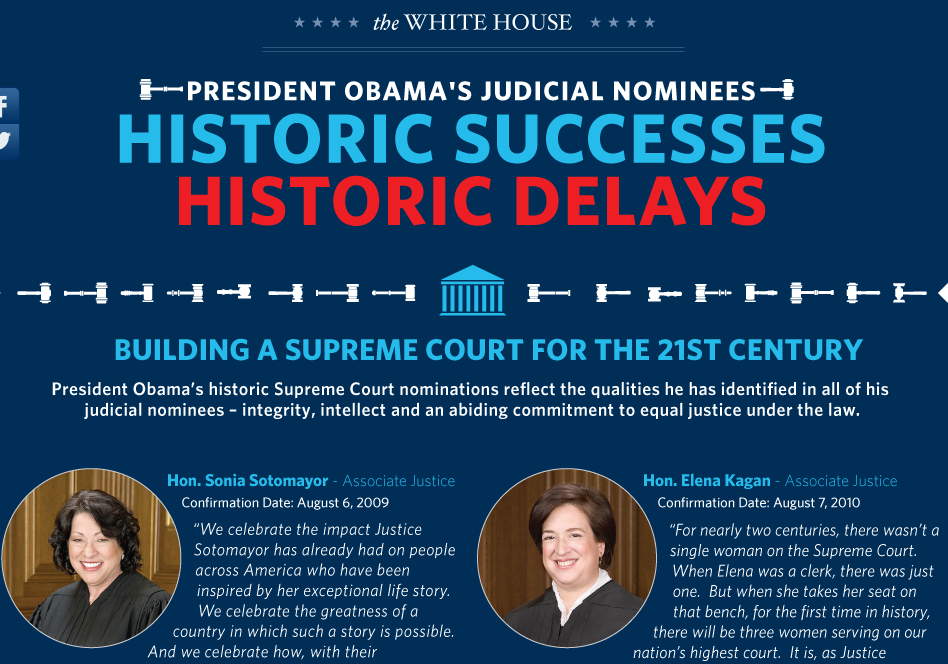
Designing a data visualization or map:
- Pay attention to new possibilities of technique.
- Work with the affordances of the medium.
- Find inspiration in unlikely places.
- Understand principles before you depart from them.
- Create a new model in the head of the viewer.
Finding sources means knowing the traditions you're working in:
- And pulling together unlikely elements

Maps
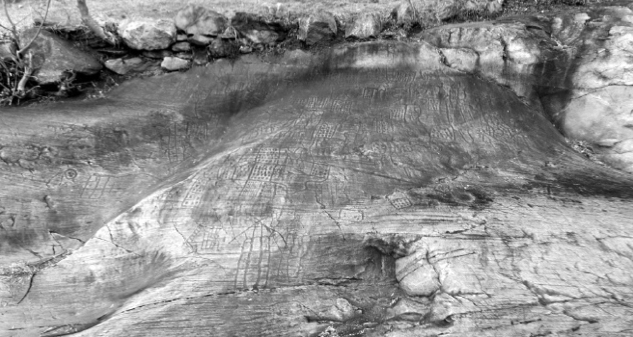
Actual Appearance

Champlain's 1612 map of New France.
Data visualization.
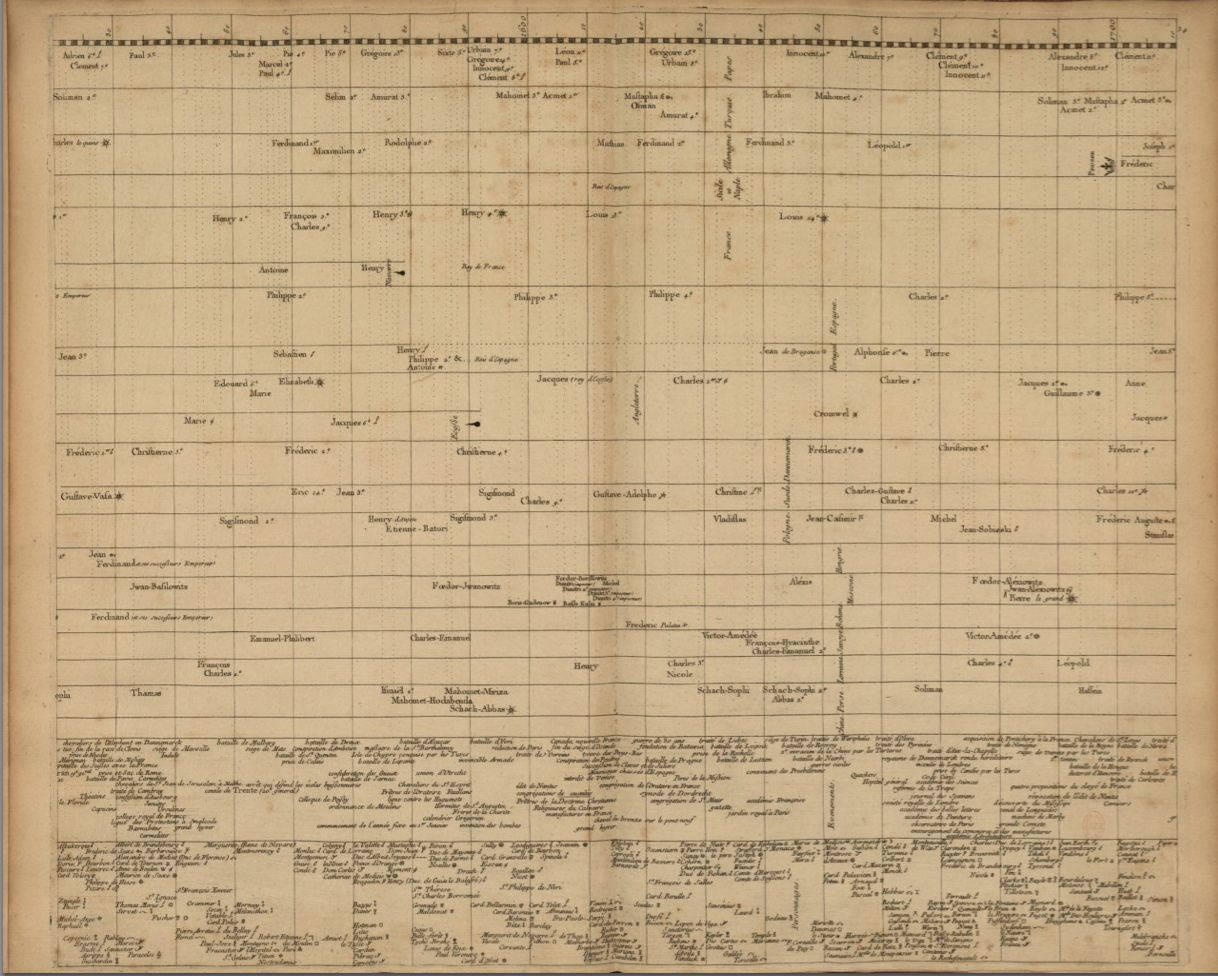
Jacques Barbeu-Dubourg carte chronologique. 1753

Joseph Priestly (1733-1804)
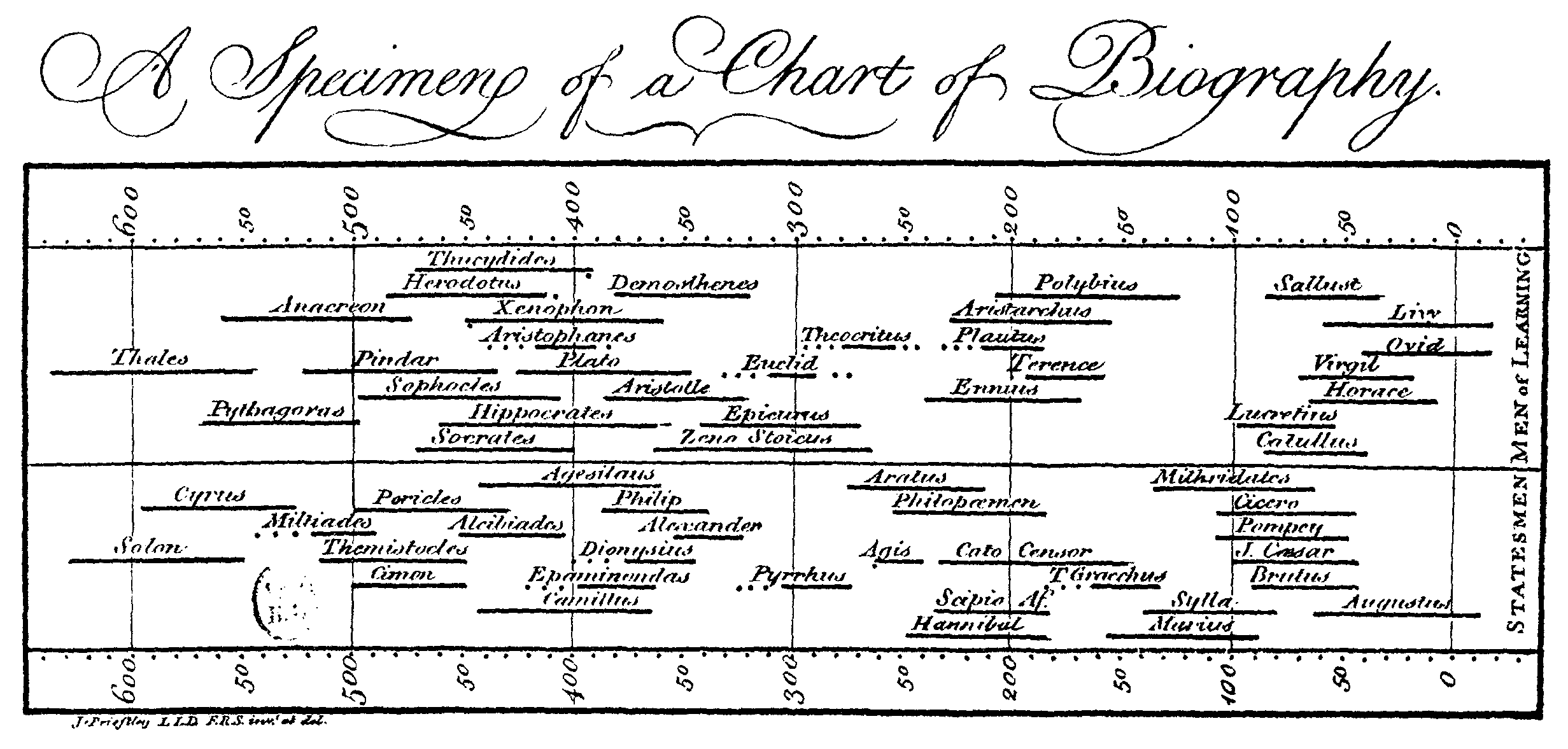
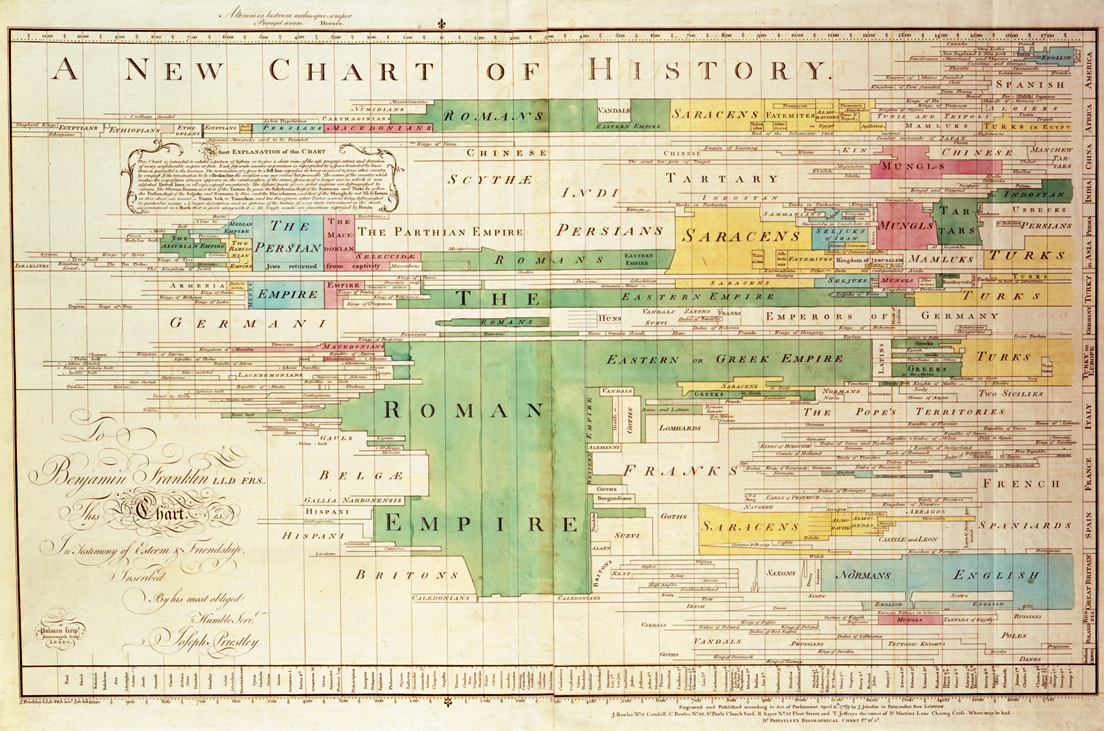
Priestley's historical chart (1769)
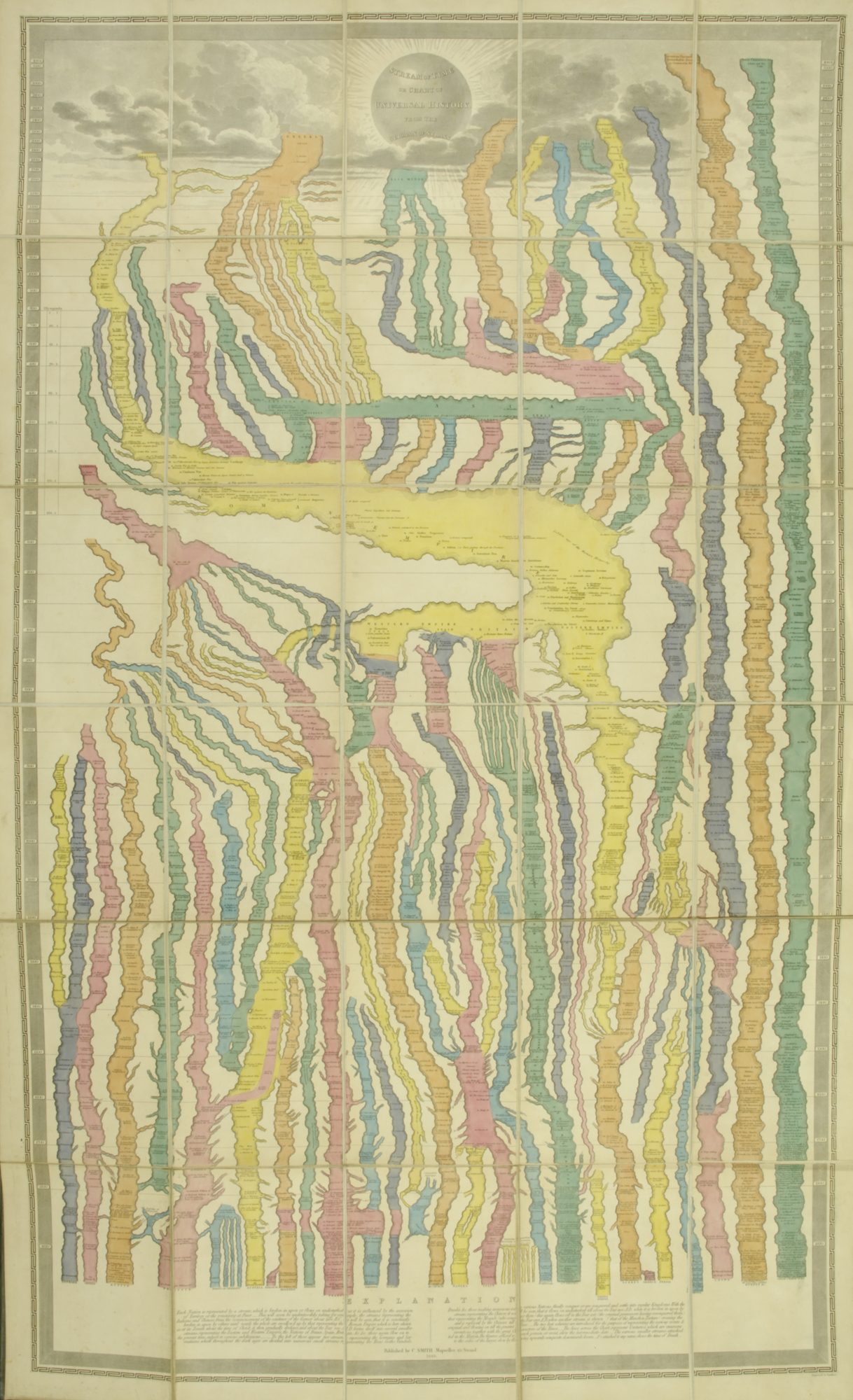
J.H. Colton's Stream of Time, 1842.

The standard charts

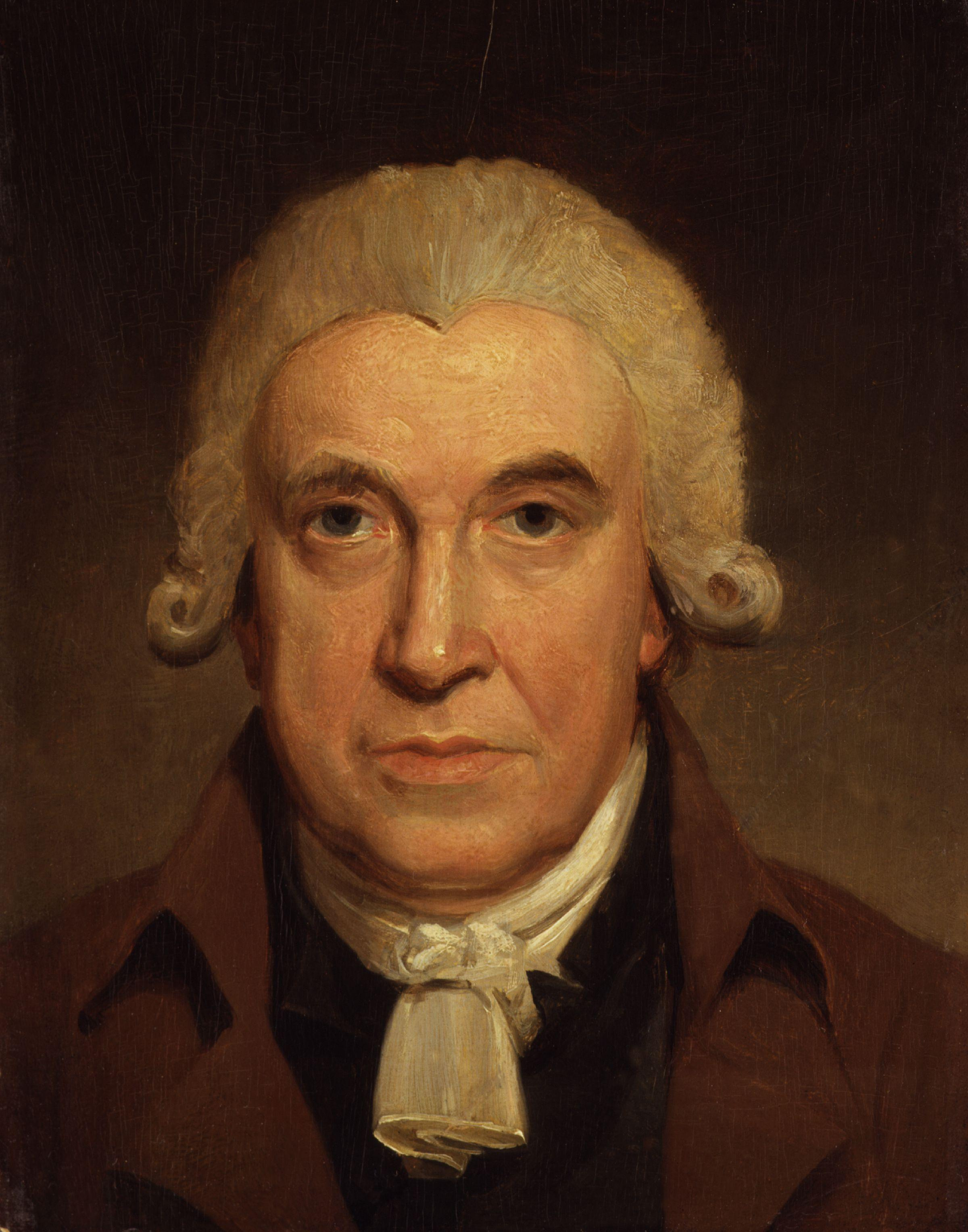
William Playfair?

Not William Playfair


This Chart is different from the others in principle, as it does
not comprehend any portion of time, and it is much inferior in utility to those that do; for though
it gives the extent of the different branches of trade, it does not compare the same branch of
commerce with itself at different periods. . .” (Playfair, 1786, p. 101, from Tufte, 1983, p. 33).
Playfair tries to explain the bar chart:
Suppose the money received by a man in trade were all in guineas,and that every evening he made a single pile of all the guineas received during that day, each pile would represent a day, and its height would be proportional to the receipts of that day; so that by this plain operation,time, proportion, and amount, would all be physically combined. Lineal arithmetic, then, it may be averred,is nothing more than those piles of guineas represented on paper.
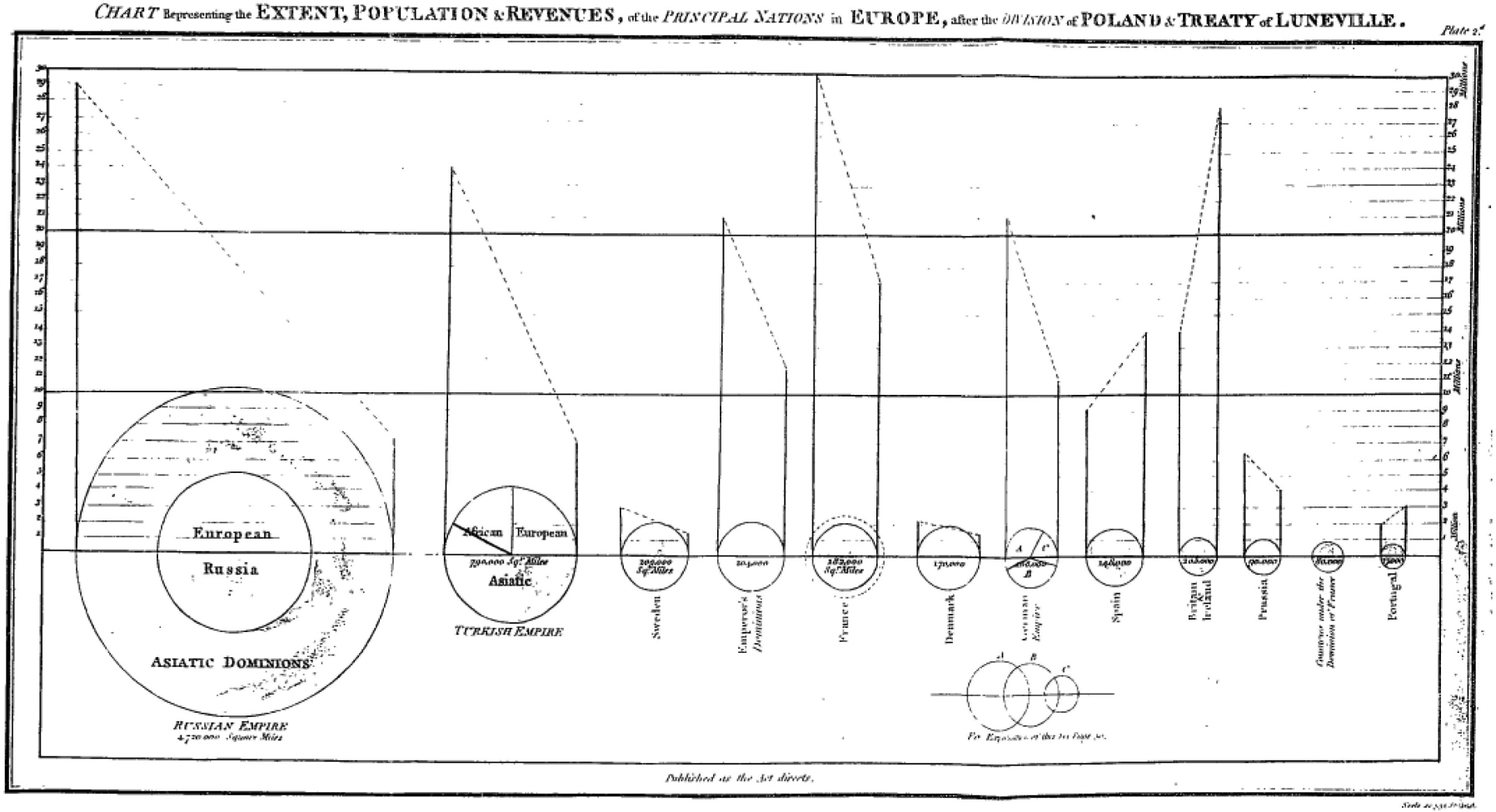 Caption: Playfair's Pie and Circle Charts, 1801
Caption: Playfair's Pie and Circle Charts, 1801
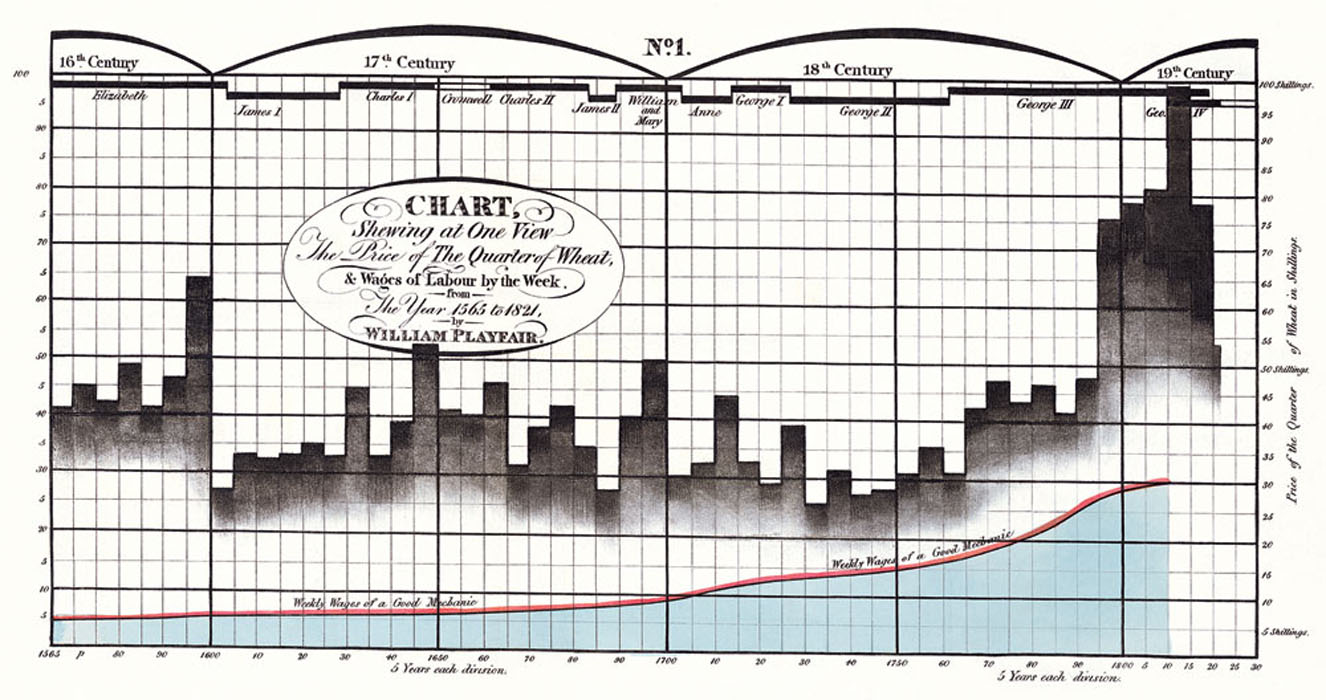
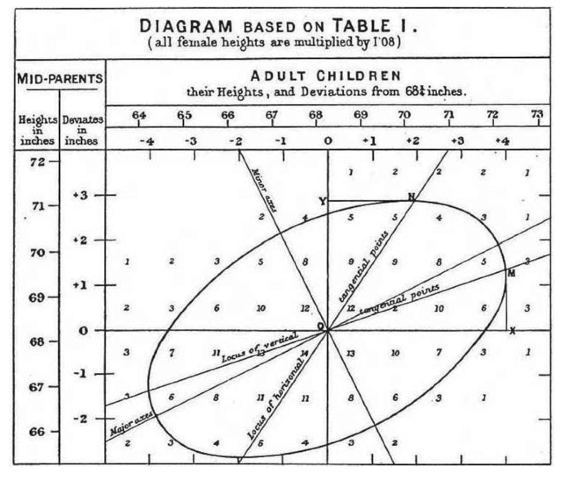
Galton's "scatterplot"
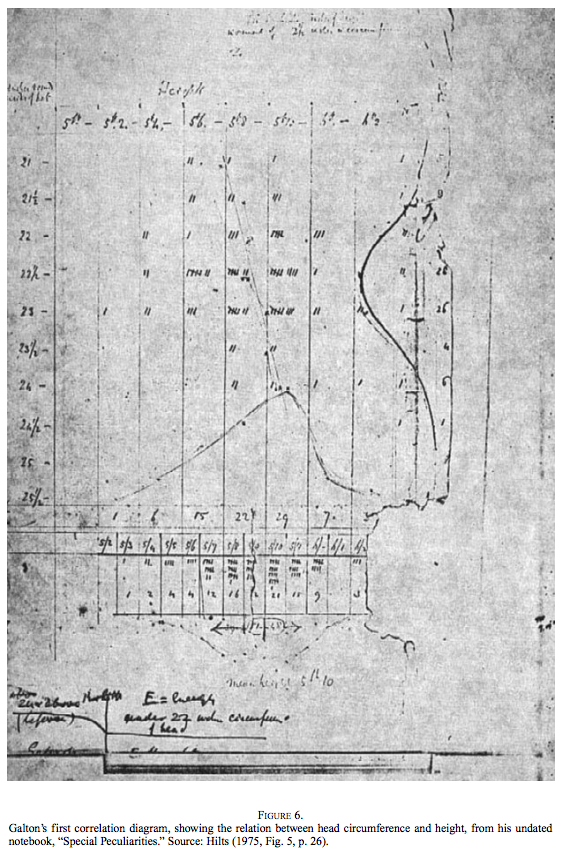 The actual picture of Galton's scatterplot.
The actual picture of Galton's scatterplot.
19th Century: A golden age.

Guerry's choropleths, 1820s
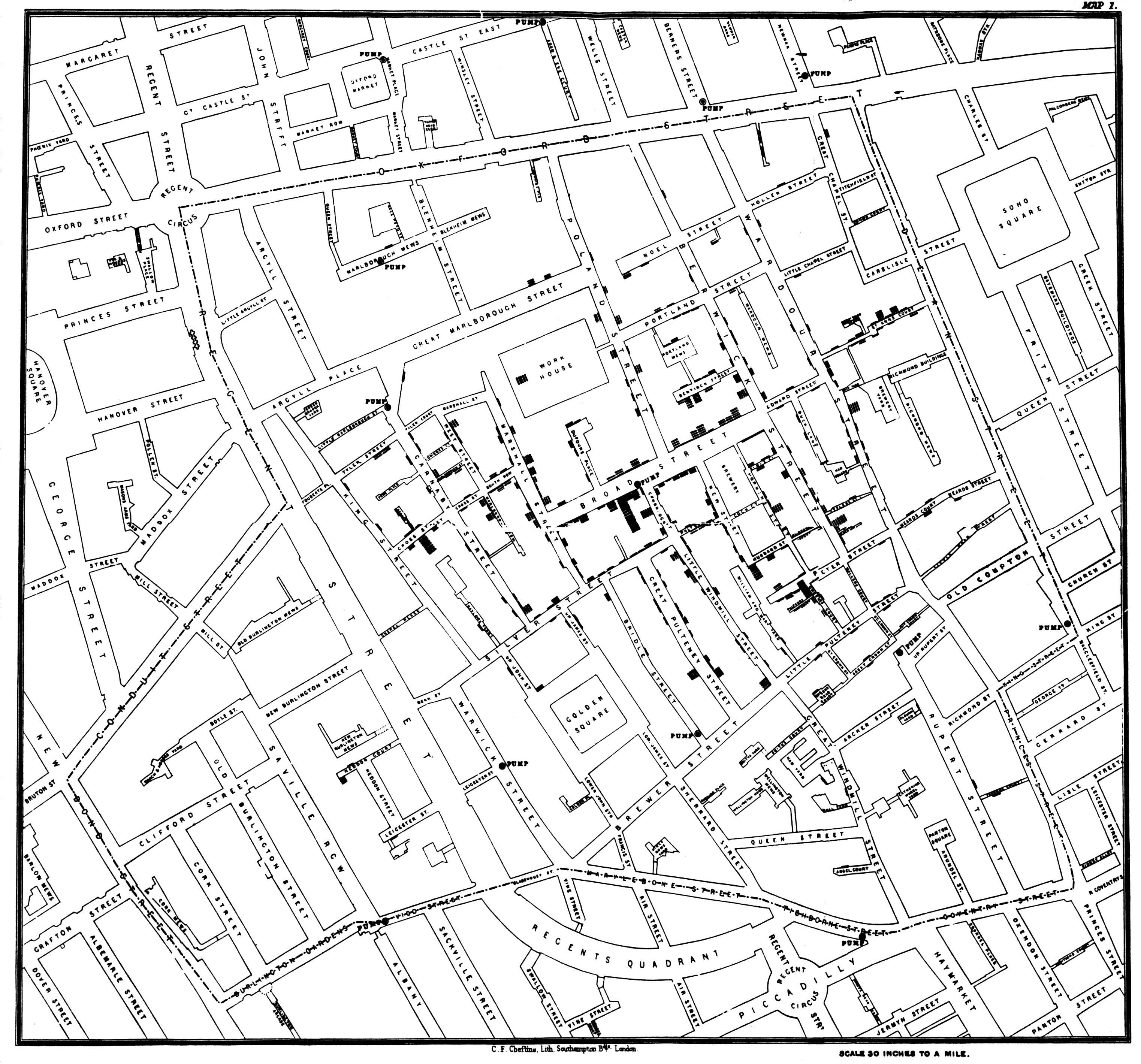 Snow's map of the 1854 cholera epidemic.
Snow's map of the 1854 cholera epidemic.
John Snow

Florence Nightingale, 1857
Minard
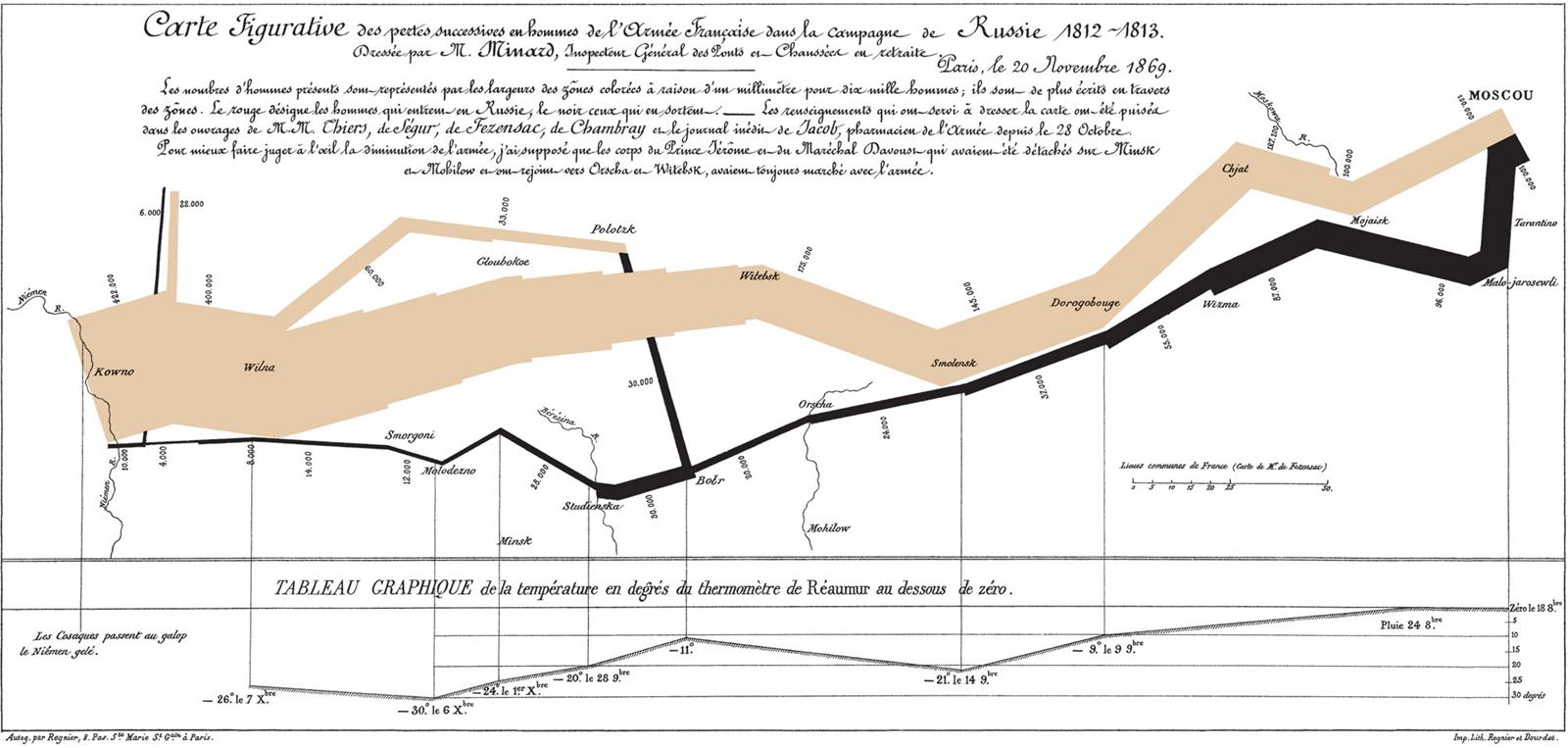
Minard's chart of Napoleon's march on Russia.
A modern interpretation of Minard's map.

Mulhall's pictogram (1884)
The Dark Ages
The New Golden Age
The most Tuftean Boston charts you'll see
Prompt
What methods from Tufte could you use to help these charts "escape flatland?" and depict the story of Boston's growth?


